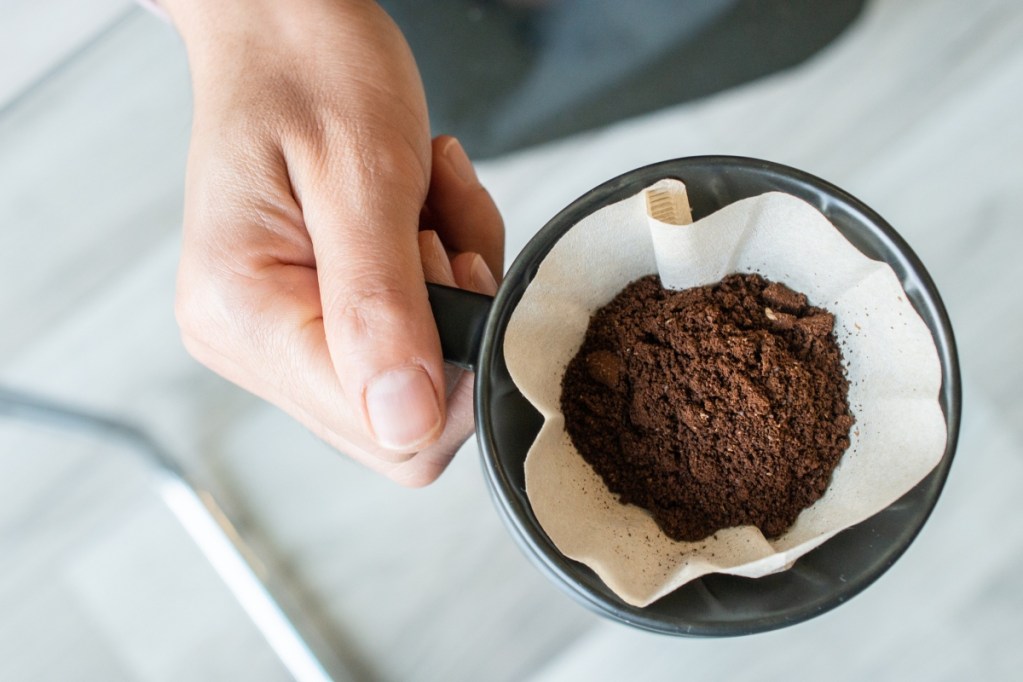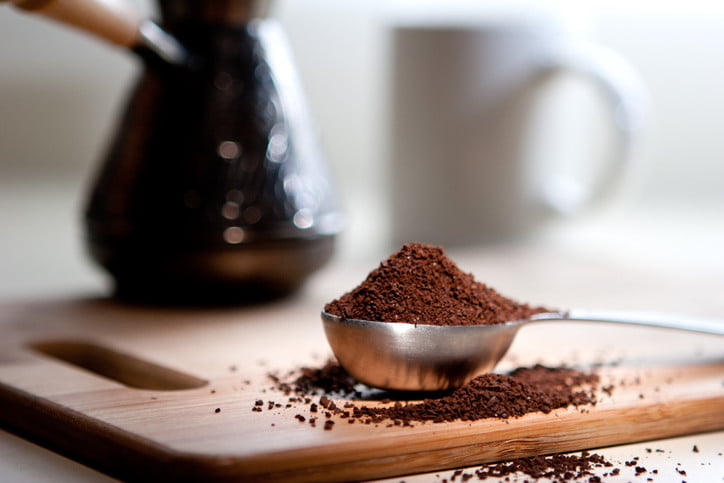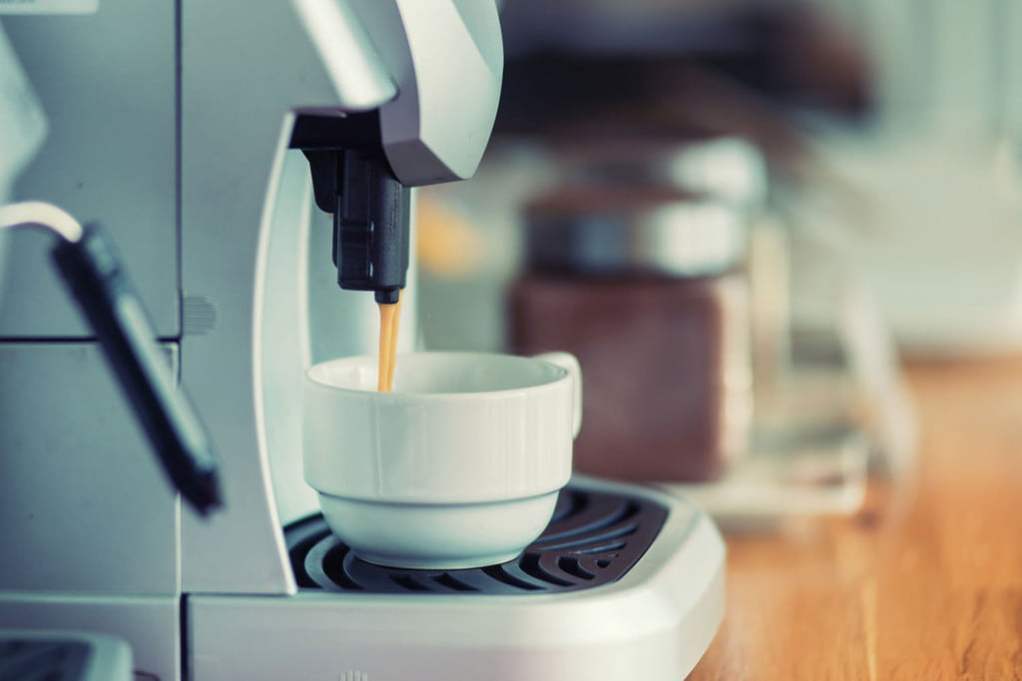Keurigs make mornings easier for many people. You can have a flavorful cup of coffee ready in minutes with a few simple steps. However, while Keurig coffee makers have certainly made mornings easier for many people on the go, they must also be cleaned regularly to maintain their superb performance. The last thing you want is bacteria building up in your coffee maker or poor-quality cups of coffee. So, follow these steps on how to clean a Keurig.

Do Keurig coffee machines need cleaning?
The short answer is yes. Keurig coffee machines may be simpler than traditional drip coffee makers, but that doesn’t mean they’re exempt from cleaning. With frequent usage, Keurigs can become dark, damp homes to all sorts of bacteria, causing grime, slime, and even hard water buildup to stain your machine. Thankfully, Keurig coffee makers are fairly easy to clean.

How to clean your Keurig coffee maker
First, turn off and unplug your Keurig coffee maker. While this may seem like a no-brainer, it’s an important step to ensure your safety.
Next, empty the Keurig reservoir of excess water. You’ll also want to wash the reservoir with dish soap and warm water to rid it of any slime, bacteria, or hard water buildup. It’s recommended to wash this container by hand about once a week to prevent any excess buildup or bacteria. Set aside to air dry on a drying rack.
Following this step, you’ll want to remove used K-cups and focus on the smaller pieces of the machine. If your Keurig uses a filter, you might want to swap it out if it’s been used for over three months. Keurig suggests changing out water filters every three to six months, depending on usage. Follow manufacturer instructions for properly changing the filters.
Next, clean the drip tray and the underside of the holder where the coffee comes out. Use a new and clean toothbrush to get into the nooks and small grooves on these parts of the machine. We recommend using warm water and a small amount of dish soap. Scrub away any residue and buildup. Then, wipe down these surfaces with a damp cloth before allowing them to air dry.
Following this step, you should pop out the K-cup holder by lifting the handle and gently pushing on it from underneath. You can follow your machine manual if you need help with this step. The holder should come out easily and can be further broken down into two separate pieces: the funnel and the holder. Use a clean toothbrush or a cotton swab with hot water to rinse and wipe out any coffee grounds or grime lingering on these parts. Also, be sure to rinse and swab the brewing needle. Set aside all components to air dry when finished.
While this sort of cleaning technique is great for a weekly clean, sometimes your Keurig demands a deeper clean. You’ll want to deep clean your Keurig every three to six months.

How to deep clean a Keurig
To deep clean your Keurig, you’ll follow all of the steps above as well as perform the following.
Use white vinegar or a descaling chemical to tackle hard water stains and grime in your reservoir. Next, run hot water through the reservoir before attaching all the components back to the Keurig machine.
Now, you’ll want to run a water-only brew cycle. Essentially, you want to run a regular brewing cycle without a K-cup to clean out any lingering chemicals or vinegar.
Once this step is complete, use a damp cloth to wipe down the exterior surface of your Keurig to have it looking brand new once again.
Many people love their Keurigs for their ease and simplicity. Still, many may be unaware as to how often they should clean their Keurig and how to do so properly. Thankfully, it’s a similar process to traditional drip machines, and it can be done in less than an hour, so even someone on-the-go can tackle this task.




